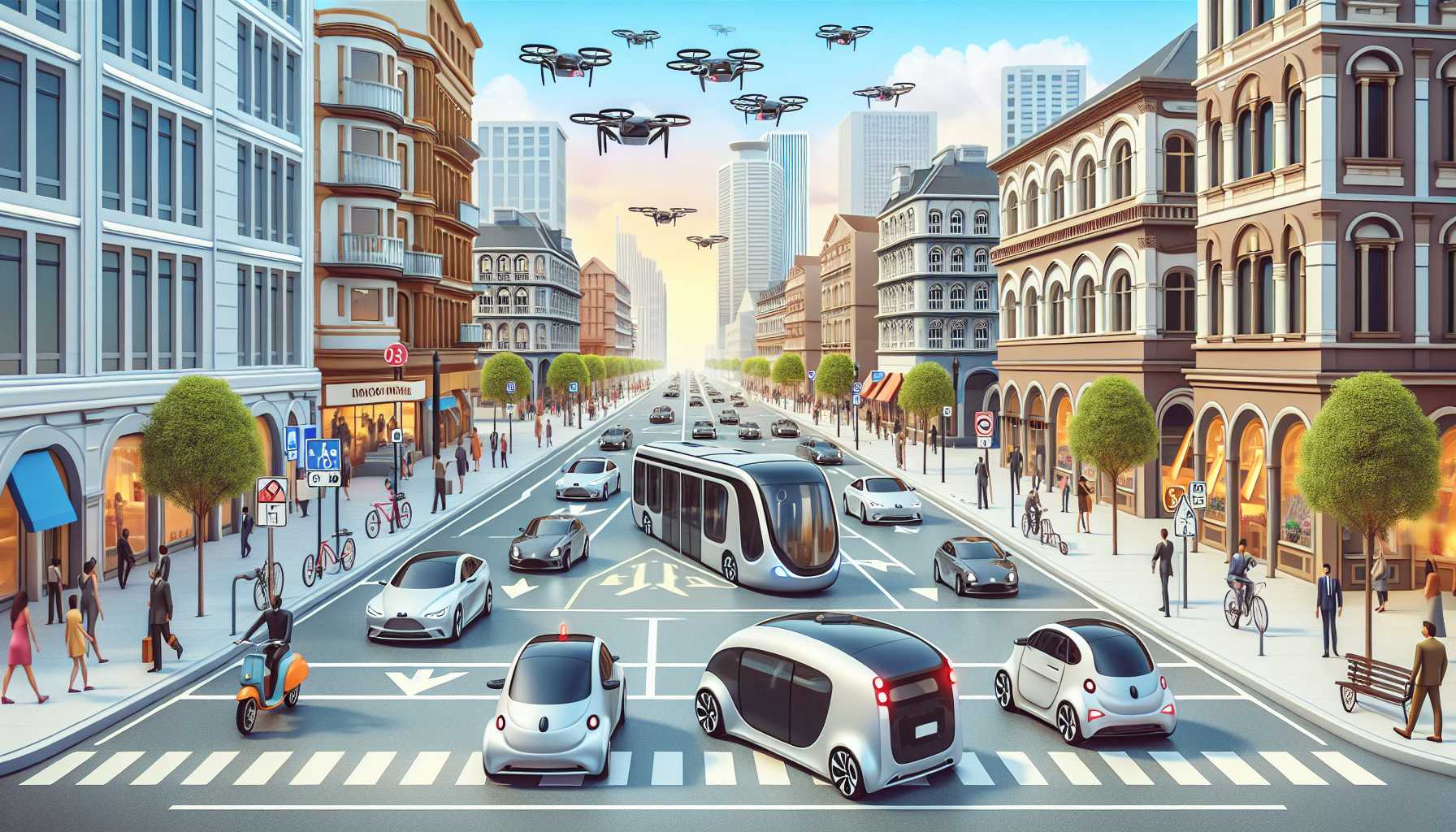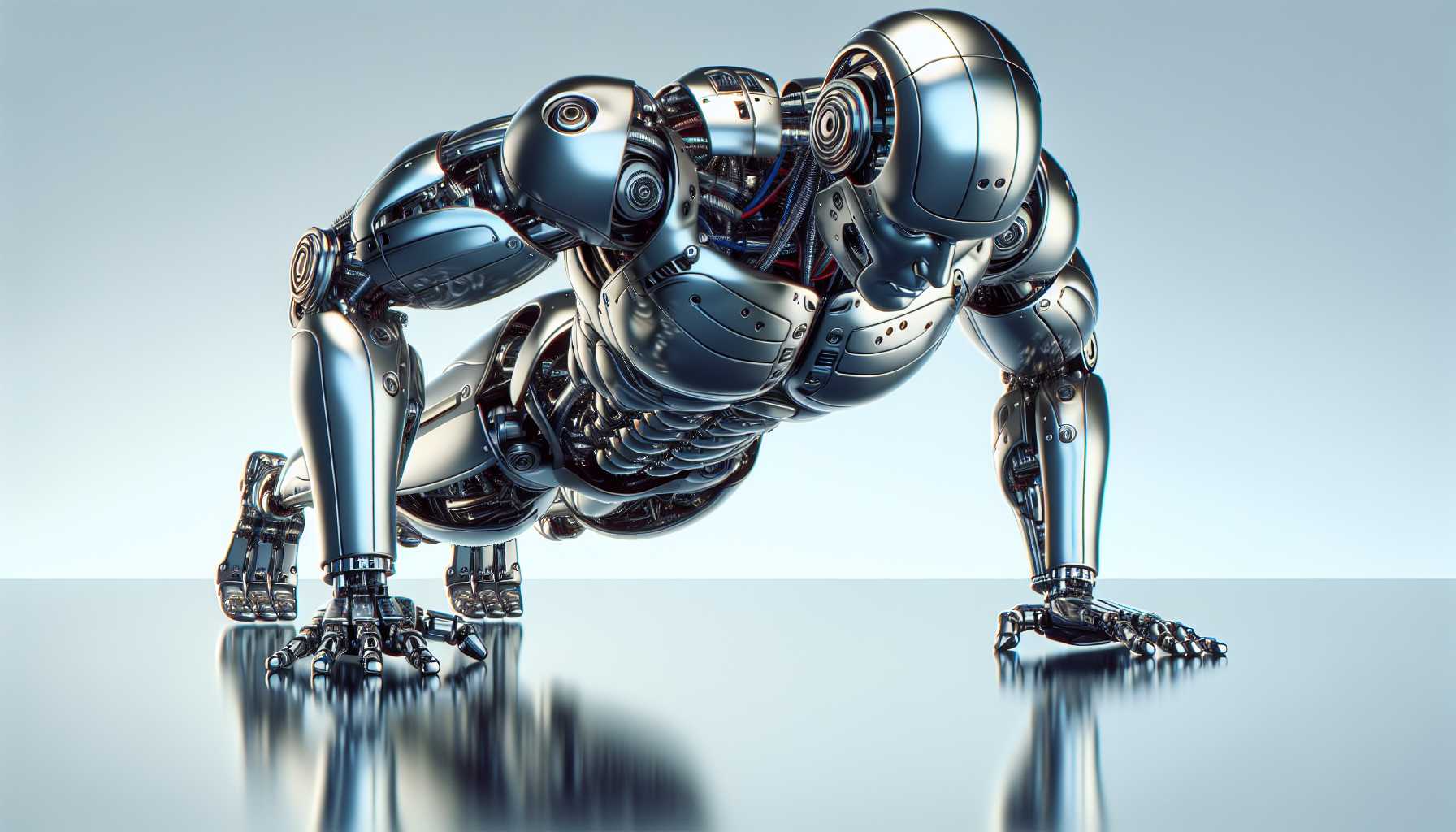The Space Industry’s Supply Chain Revolution
The American space industry might appear mature when we observe rockets breaking the Earth’s atmosphere or satellites beaming data from lofty heights. Yet, behind these eye-catching feats lies a significantly less mature supply chain, which supplies the critical parts and components required for these flights. Enter Gimbal Space, a startup determined to revolutionize this underdeveloped sector.
A Hero’s Journey: Dhaval Shiyani’s Path to Disruption
Founded by mechanical engineer Dhaval Shiyani, Gimbal Space is the culmination of his extensive experience in scaling complex hardware systems. From his early days at Tesla, where he significantly ramped up the production of Model 3 vehicles, to his stint designing reliable medical devices at Ethicon, Shiyani’s expertise in high-volume manufacturing shines through. His move into the space industry started with Apollo Fusion where he drove innovation in electric propulsion technology, ultimately contributing to a 13,000-satellite constellation design at Astra. His time at Planet working on high-resolution imaging satellites further cemented his understanding of the industry’s scaling challenges.
Addressing Gaps in the Supply Chain
Throughout his career, Shiyani identified a constant issue: high costs, lengthy lead times, and a general lack of maturity in the space supply chain. This inefficiency stems from legacy suppliers casually treating these components as secondary revenue streams, charging exorbitant premiums with no incentive to reduce costs or speed up delivery times.
Gimbal’s Target: ADCS Components
Gimbal Space has set its sights on the Attitude Determination and Control System (ADCS), a crucial spacecraft subsystem. This system includes highly precise components like star trackers, reaction wheels, and torque rods. Shiyani’s strategy involves not just manufacturing these components faster and cheaper but revolutionizing the approach to their production altogether.
Scaling Up with a Global Vision
A key element of Gimbal’s strategy is leveraging international manufacturing capabilities. By partnering with a reliable manufacturer in India, Gimbal aims to halve production times and cut costs by 25-30%, compared to legacy suppliers. They’ve already raised $1.2 million to fund this ambitious venture. Notably, this move represents an integration of globalization and innovation that promises to breathe new life into the space industry’s supply chain.
A Personal Insight
As a tech investor and space enthusiast, I find Gimbal Space’s objectives compelling. The notion of shaking up a complacent section of the industry is not just appealing but necessary for the sector’s growth. Efficient, cost-effective components can accelerate the pace at which we explore and understand space, redefining what’s possible.
Rebuilding Trust: Cruise and Uber’s Autonomous Vehicle Partnership
Cruise, the self-driving division of General Motors, has entered a pivotal partnership with ride-hailing giant Uber. This alliance exemplifies the intricacies and challenges of commercializing autonomous vehicles, particularly in the post-safety incident era.
From Setback to Strategic Alliance
After a turbulent period initiated by an unfortunate accident last October, Cruise has been actively working to regain its footing. By collaborating with Uber, Cruise demonstrates a strategic maneuver aimed at reintroducing its autonomous vehicles into the mainstream ride-hailing market. This partnership arrives on the heels of Uber’s successful collaborations with other AV pioneers, notably Waymo.
Autonomous Vehicles: The Road to Redemption
Uber CEO Dara Khosrowshahi underscores Uber’s unique position as a go-to-market partner for AV companies. His emphasis on Uber’s capability to provide significant demand without AV players needing to invest in customer acquisition or marketplace technology reveals a calculated approach to AV deployment. For Cruise, this partnership offers a chance to leverage Uber’s vast network to maximize the utilization of their autonomous fleet.
Navigating Regulatory Waters
Ensuring safety and compliance with regulatory requirements is paramount. Cruise’s proactive recall of its fleet to address braking issues and its settlement with California regulators illustrate its commitment to overcoming past failures. These steps are essential not just for operational resumption in states like California, but for establishing lasting trust with both regulators and the public.
Personal Opinion
From an investor’s perspective, Cruise’s alignment with Uber is a bold and calculated step. It addresses the critical need for real-world data collection and operational experience while rebuilding consumer confidence. The success of this partnership will likely hinge on Cruise’s ability to demonstrate enhanced safety and reliability, setting the stage for broader acceptance of autonomous transportation.
Boston Dynamics Flexes Robotics Muscles with New Atlas Video
Boston Dynamics, a name synonymous with robotic prowess, has once again tantalized tech enthusiasts with a brief yet mesmerizing clip of its electric Atlas robot performing push-ups. This Hyundai-owned company has long established a reputation for creating viral moments showcasing their robots’ extraordinary capabilities.
Showcasing Potential
While these demonstrations might not directly translate to immediate real-world applications, they signify the robot’s power, robustness, and agility. The Atlas performing push-ups is more than just a spectacle; it’s a glimpse into the future of robotics on factory floors and beyond.
The Road to Commercialization
Boston Dynamics is steadily moving towards commercializing Atlas for industrial uses. This journey involves perfecting its functionality, ensuring reliability, and demonstrating intrinsic value to potential buyers. The viral videos serve both as a proof of concept and as a marketing tool, generating interest and sparking conversations around robotics and automation.
Personal Insight
As a tech aficionado, I see Boston Dynamics’ strategy as a blend of engineering brilliance and marketing savvy. These viral snippets are valuable not only for showcasing technological advancements but also for capturing the public’s imagination, catalyzing discussions about the future of robots in everyday life.
Conclusion
The rapid advancements in space supply chains, autonomous vehicles, and robotics underscore the dynamic nature of the tech industry. Companies like Gimbal Space are redefining efficiency and cost-effectiveness, while alliances like Cruise and Uber are navigating the complexities of deploying cutting-edge technologies. Meanwhile, Boston Dynamics continues to push the envelope of what’s possible in robotics. These developments remind us that innovation often involves not just technological breakthroughs but strategic partnerships and visionary leadership. As we watch these narratives unfold, we witness the shaping of industries that will define our future.




